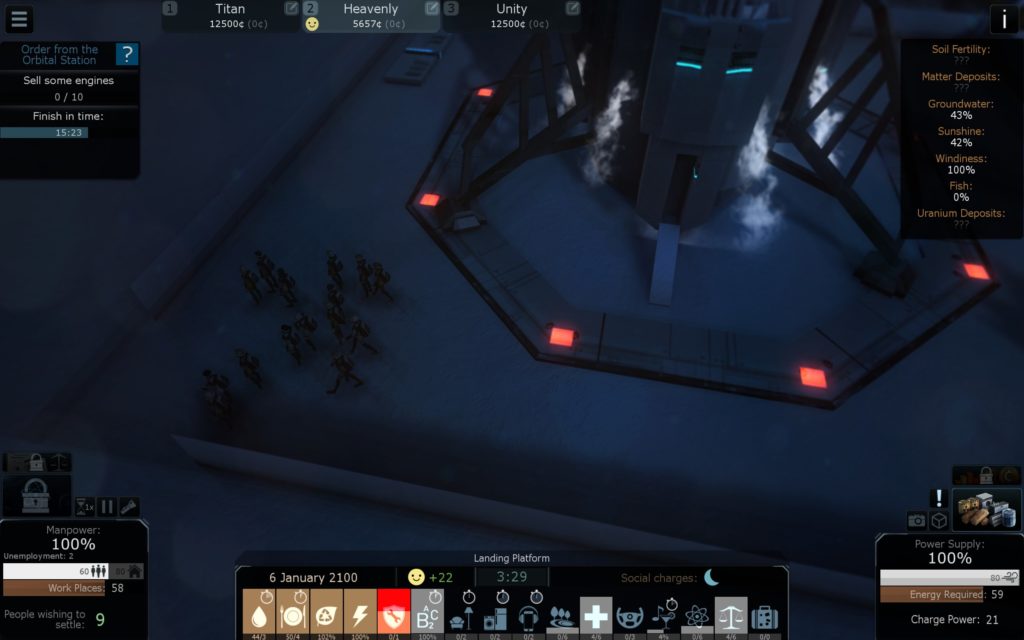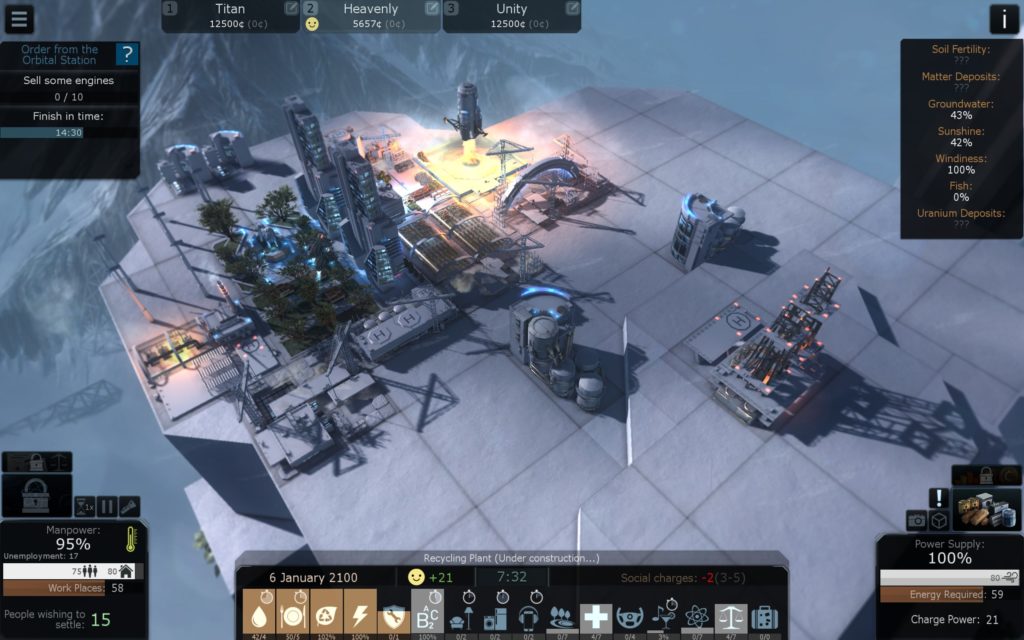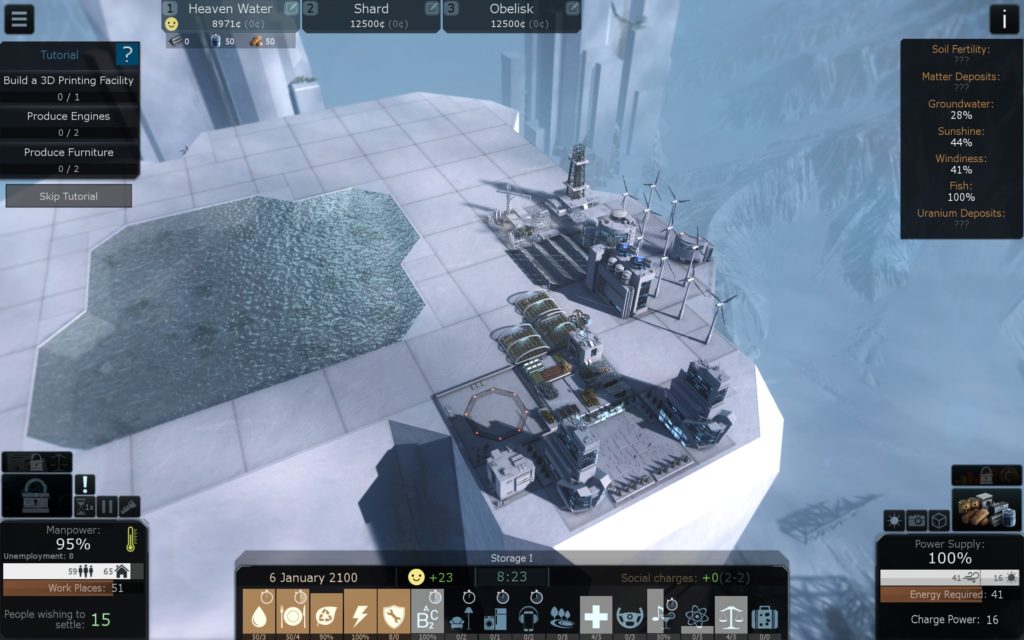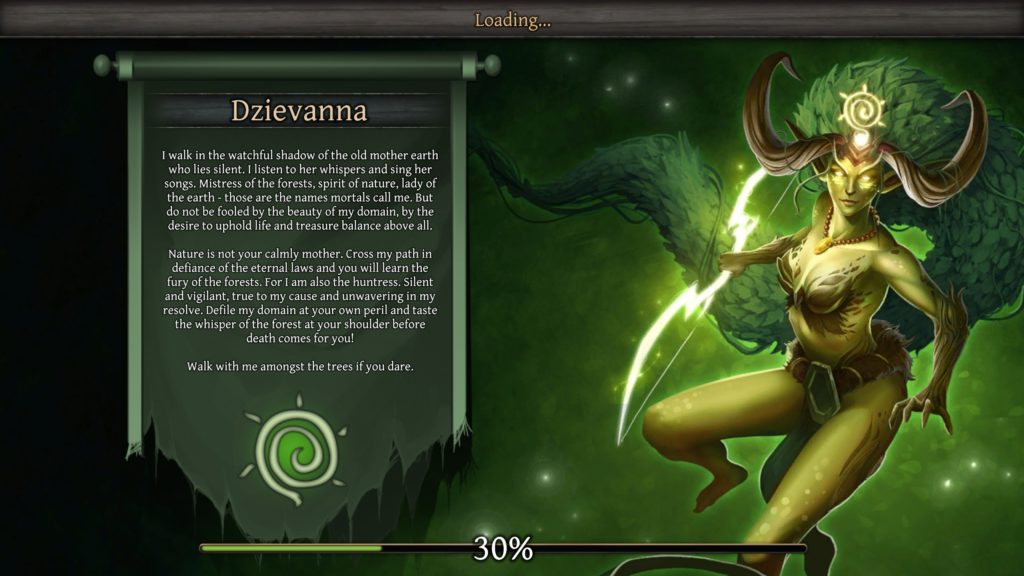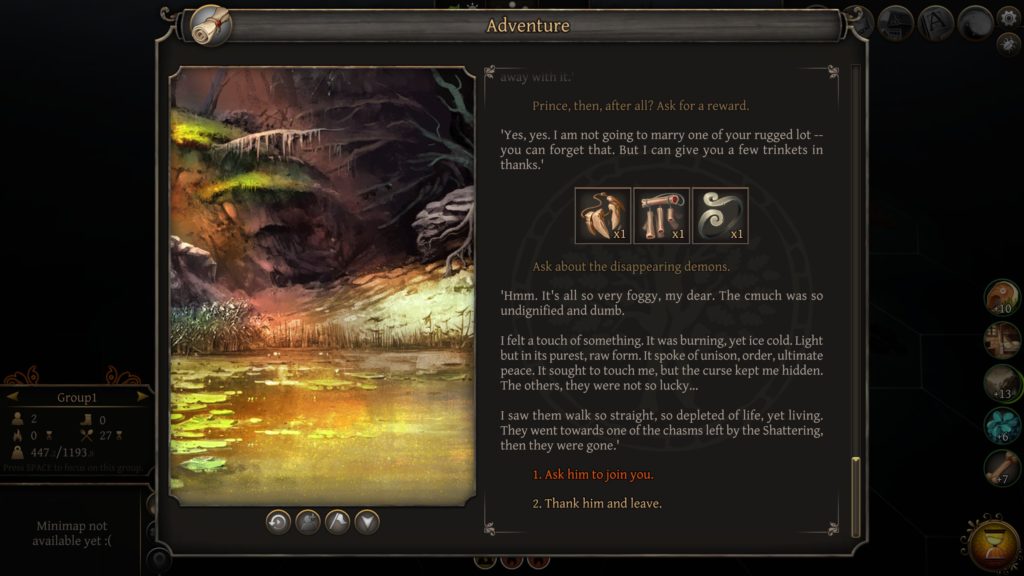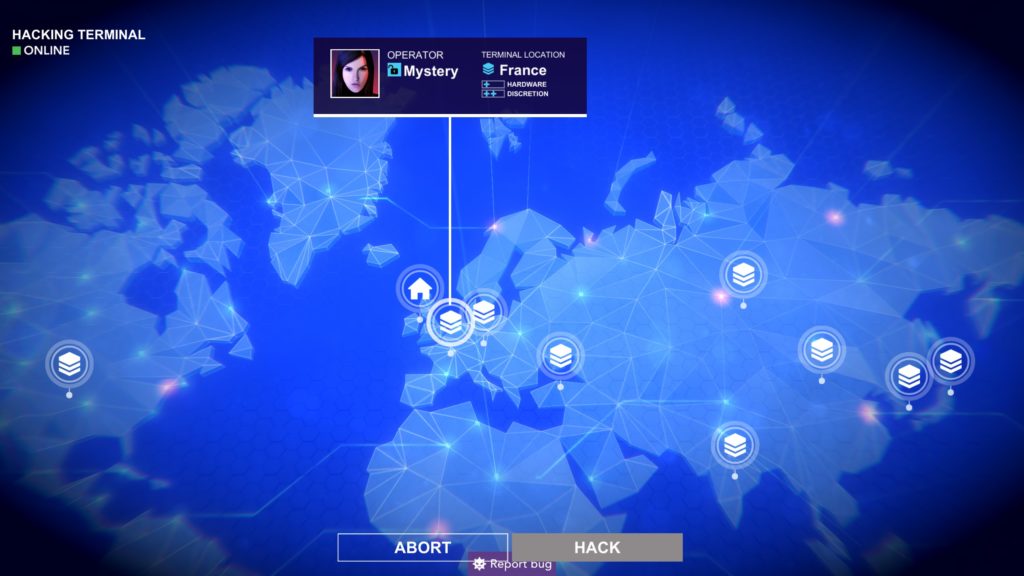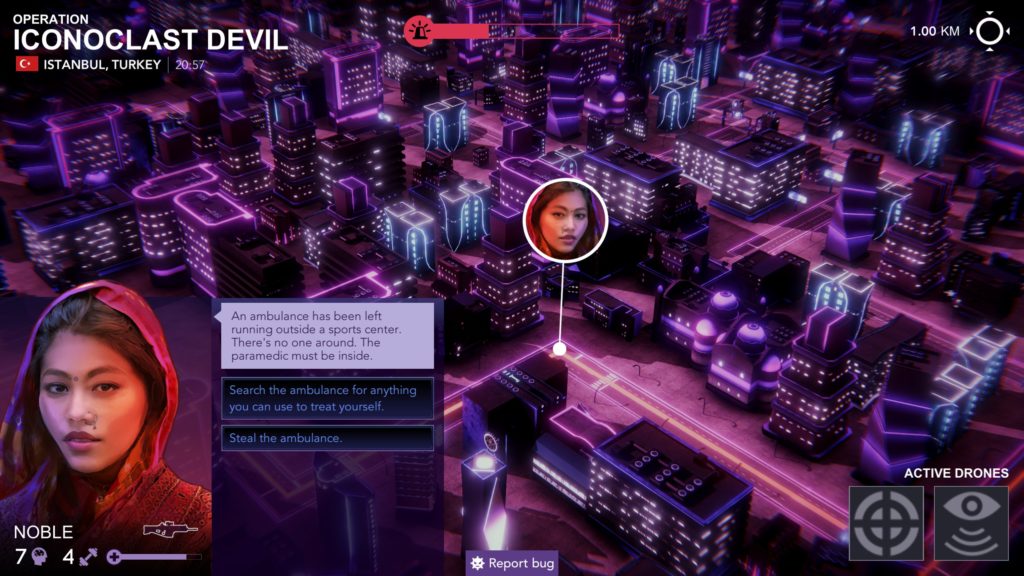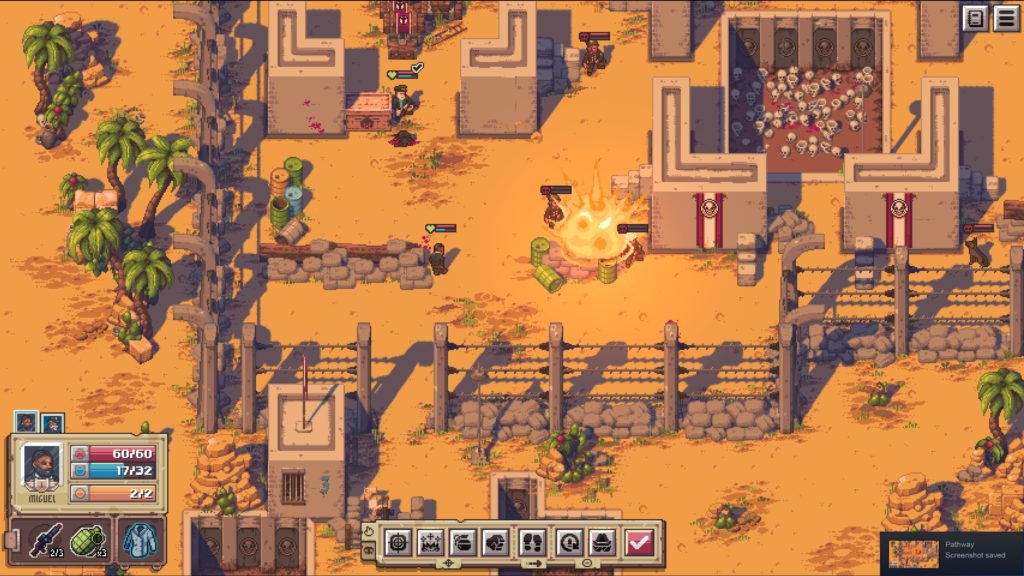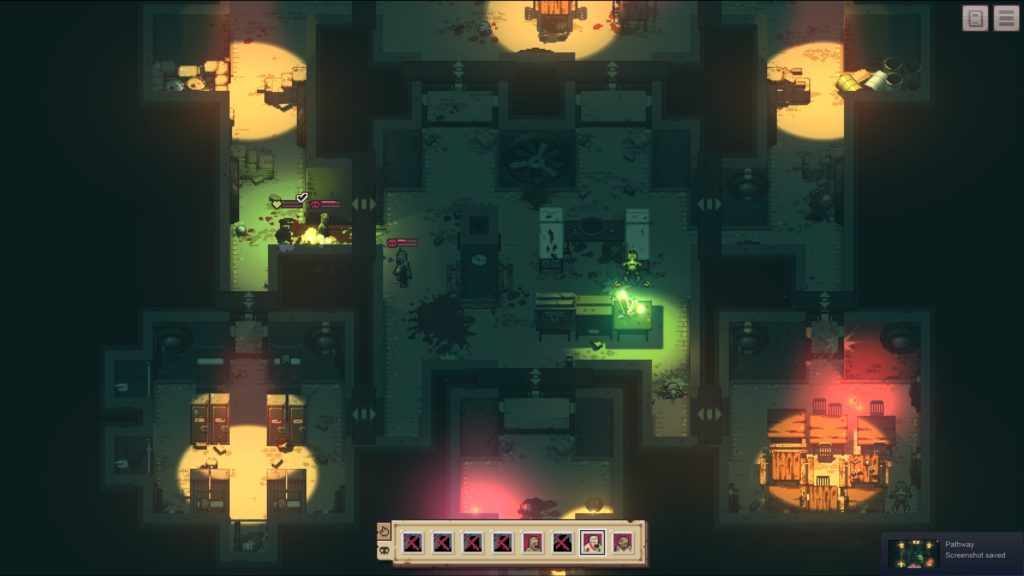Deck Hunter (Early Access Review)

Source: Cashmoneys
Price: £11.39
Where To Get It: Steam
The feel, the flow of progression is an awkward line to balance. Give nice things too much, and you devalue them. Punish the player too much, or give nice things not enough, and it feels… Well, not worth the time. This is the line Deck Hunter… Isn’t currently treading very well. And it’s a shame, because there’s a couple of decent ideas in there. It’s just there’s also a rather silly amount of grind, and the requirement for good play… Or no play. Well, no win, anyway.
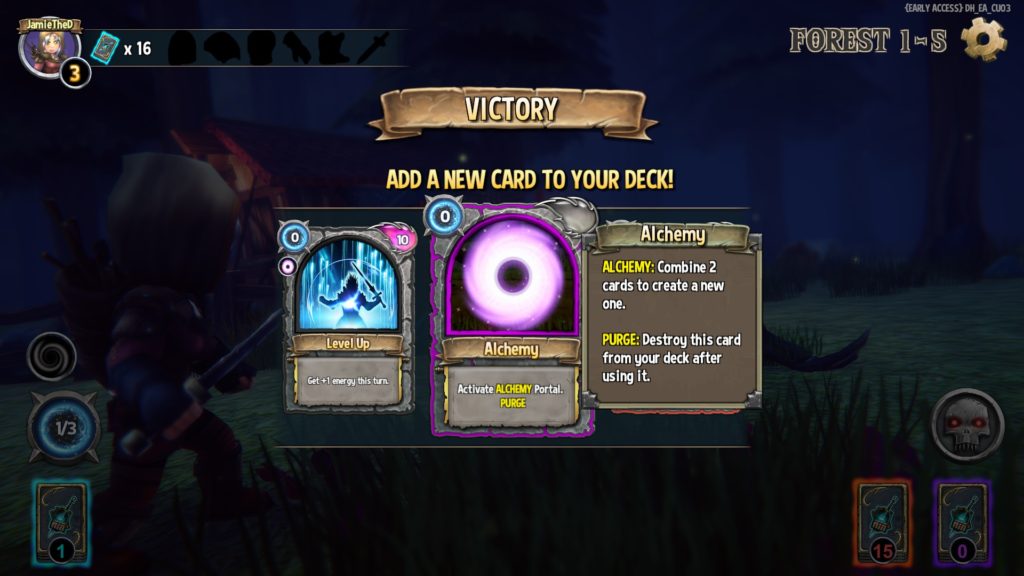
The general idea is one we’ve seen a fair amount before (heck, even this month): You, an adventurer, use cards as attacks, fighting monsters, defeating bosses, going through areas marked as combats, treasures, spin-to-win, and rest sites. Where it gets a little interesting is that cards upgrade through use, and can also be mixed with Alchemy cards to create new, different cards. Crafting items, two card combos…
It’s such a shame then, that, outside of the combos (a mixed blessing, as we’ll discuss), I haven’t been able to see much of it in hours of play. What I’ve seen… Is the first area, again… And again… And again. And, funnily enough, that palls pretty quickly. So… Let’s talk about the why, as I see it.
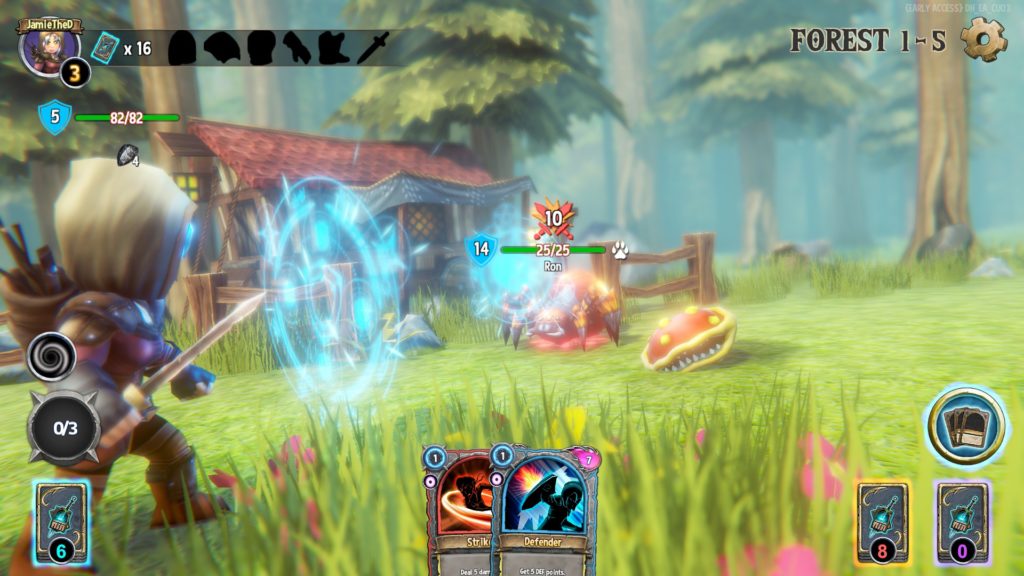
A basic combat is, on its face, pretty simple: You have a five card hand, which, at first, consists of strikes (5 damage, 1 energy), defenses (5 damage blocked, 1 energy), and some other cards like a healing potion (usable once per combat, 1 energy… 3 hp recovered.) You have three energy per turn. Okay. So far, so simple. There are even three combos associated with this. And one of them… Is annoying. Strike, then Defend, as opposed to Defend, then Strike. See, the latter gives you another Defend card (can be useful, if you have energy to spend, and, say, had no other Defend cards.) The former, on the other hand, drains one energy, gives you… 2 defence, and… Well, it’s not worth the hassle.
Okay, now let’s look at our enemies and… Huh. 27 HP and 17 HP, with… 11 attack and 7 attack. And here, friends, is where we start to see problems.You can, if you have 3 Defend cards, defend against this, due to the Defend+Defend combo. 5+5(+3)+5. Cool. If you want to deal no damage. Similarly, if you have three Strikes, you can kill the one with less HP. 5+5(+5)+5. Cool. But you will take damage. The question is: Who’s got the 11 damage attack? And, more to the point, without either of these options, the math is not in your favour. Rarely does any enemy have less than 15 HP (or a Two Strike combo’s worth.) There is no defence against status attacks (such as the shroom’s Corrosion/Piro attacks), some of which do damage regardless of your armour. Sooo… On the Micro level, it’s actually pretty damn hard to avoid taking damage somewhere. Unless you play well, right out of the gate. Even if you do, certain enemy combinations are, essentially, a big middle finger to your desire to keep your HP up. Oh, hey, it’s a mushroom and a thief! A thief who has 34 HP, and the Unloader special skill (reduces your energy to 1 next turn.) Plans? The hell are those, you got none!
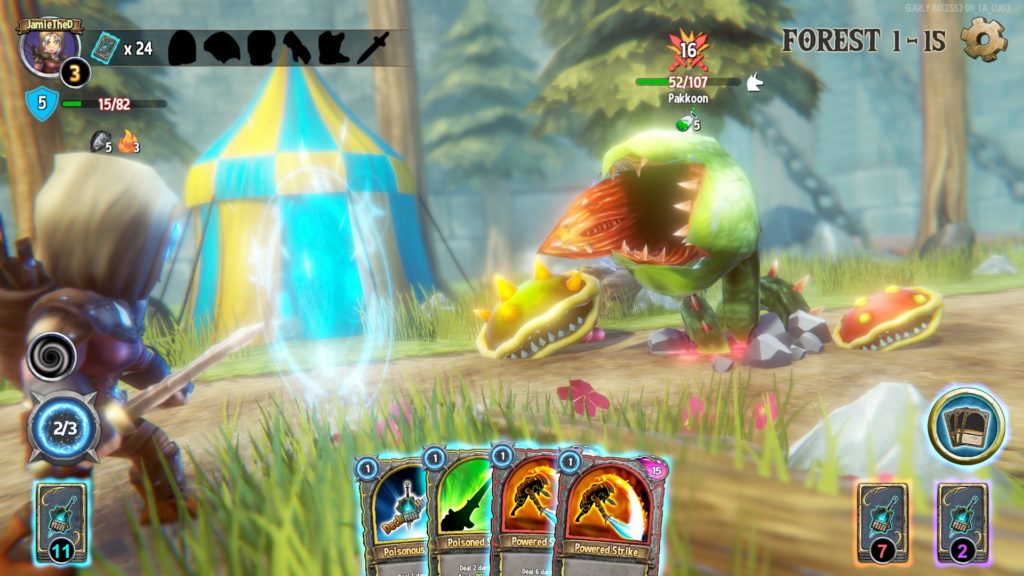
Enemies, in general, seem to scale faster than you do.
Now we add in that, to upgrade a card, it has to be used a certain number of times. And those upgrades… Well, gee, my Defence got upgraded to… A slightly better Defence. As in, 1 point. And it can’t be used in Defence combos anymore, only Improved Defence combos. Thiiiis might not be the best plan unless I have several upgrades in a row real soon. (Narrator: It wasn’t. He did. It didn’t matter.)
And then you get to the first boss. Gee, I sure hope you have a plan which involves 40+ damage and some unblockable damage, 104 HP, and two adds that like to add corrosion, and, more importantly, boodles of defence to the boss!
Overall, right now, Deck Hunter feels more like a losing battle of attrition than a game of skill and tactics. It looks alright, but playing through that first area, with that first area music, and those first area enemies, time and time again, has palled me on it, and I just want to move on.
The Mad Welshman sighs. The Balance has been disturbed…


